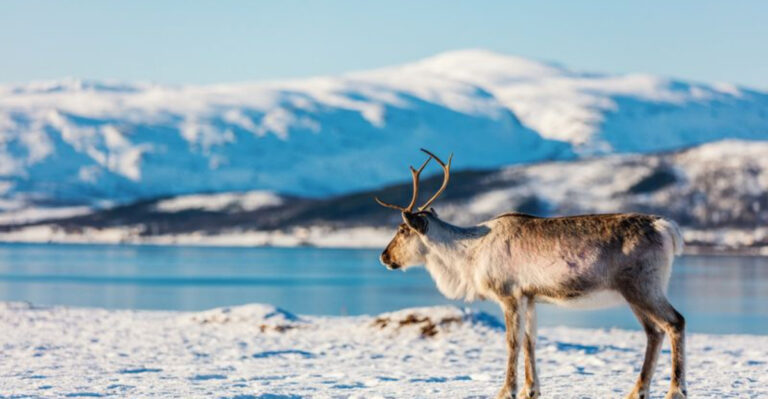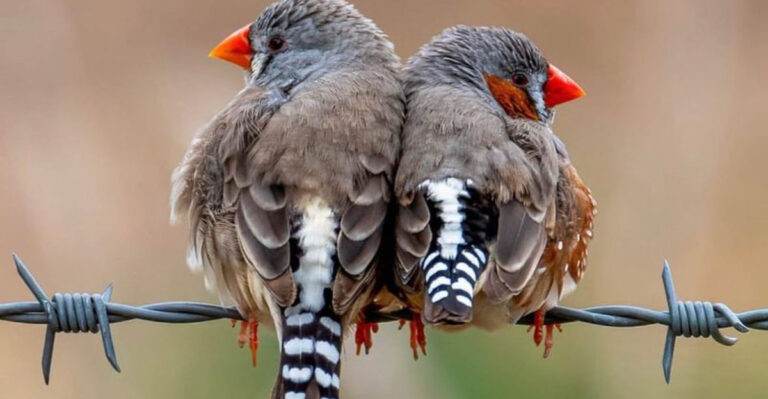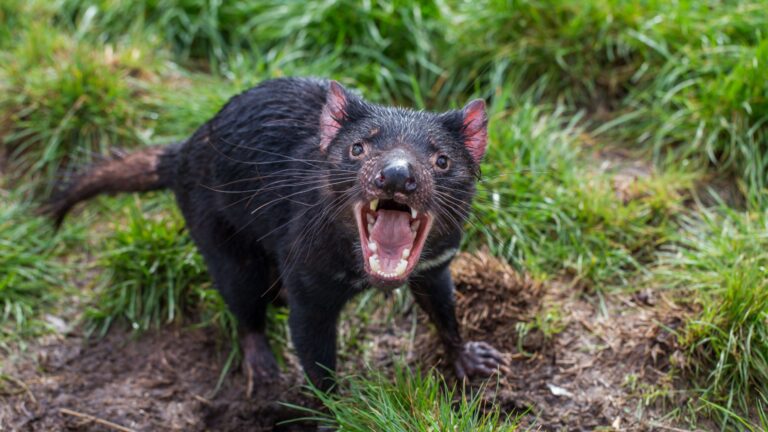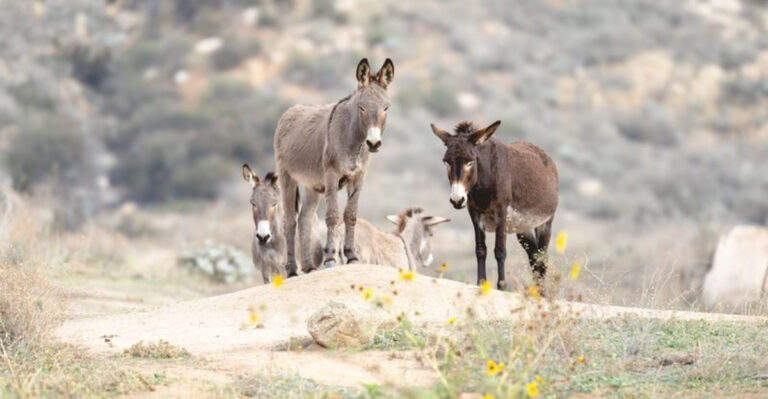7 Largest And 7 Smallest Wild Cats Spotted Across The U.S.
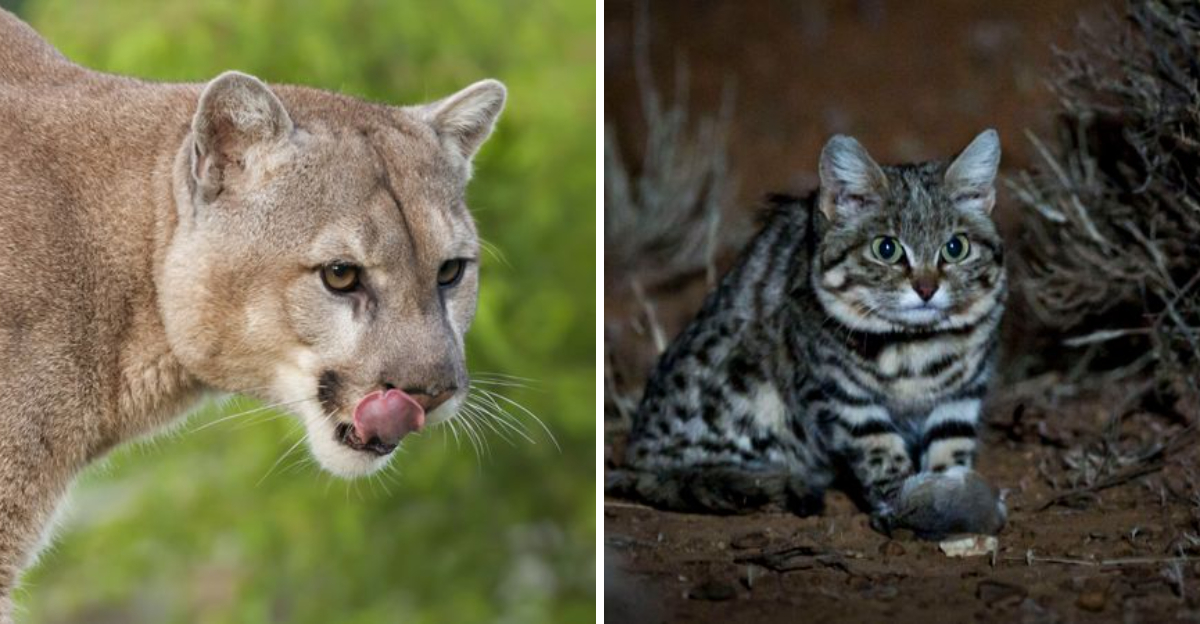
Wild cats in the U.S. are a fascinating blend of size, strength, and stealth. From the largest cougars roaming the Rockies to the smallest wildcats in the desert, these creatures captivate us with their mystery and majesty.
1. Mountain Lion (Cougar) – California
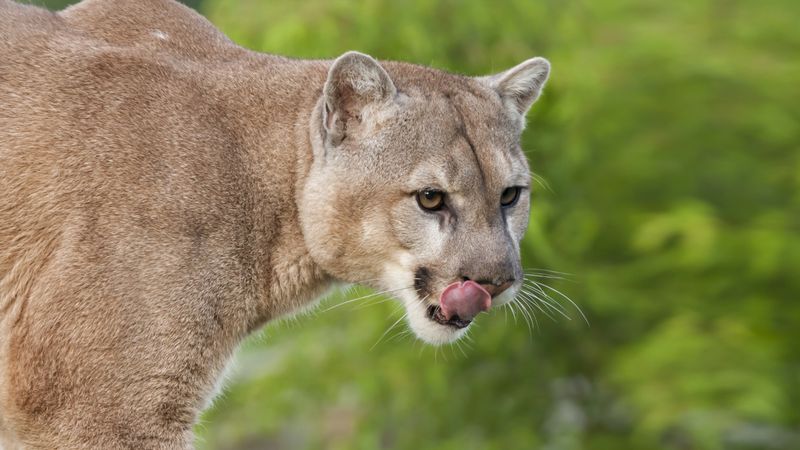
In the wild terrains of California, mountain lions, also known as cougars, reign supreme. Known for their stealth and strength, these majestic cats can weigh up to 200 pounds.
With large territories to roam, they are usually seen in the mountainous regions where they expertly navigate rocky landscapes. Despite their size, these cats are elusive, often spotted by lucky hikers who venture into their realm.
2. Jaguar – Arizona
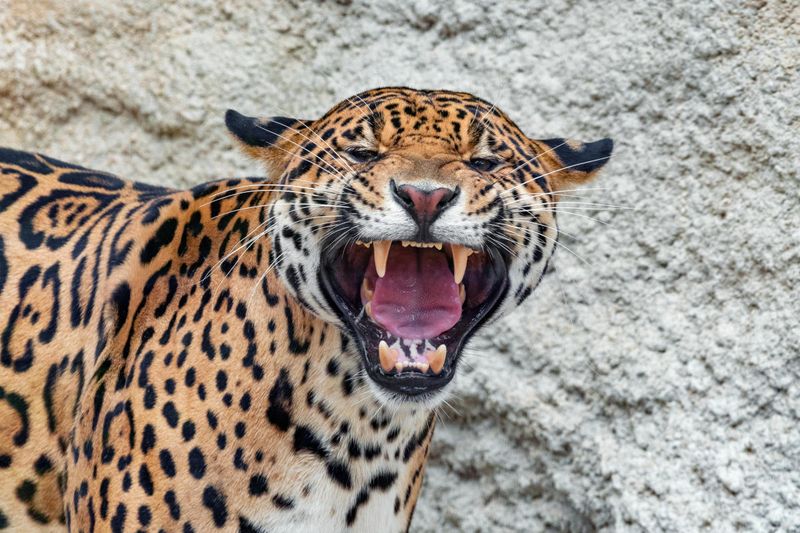
With a reputation for power and beauty, the jaguar prowls the southern parts of Arizona. This magnificent cat, the largest in the Americas, can weigh up to 250 pounds. Its stunning spotted coat is both a camouflage and a masterpiece of nature.
Jaguars are elusive predators, known for their incredible strength and powerful jaws, making them a rare but awe-inspiring sight in the region’s arid landscapes.
3. Bobcat – Texas
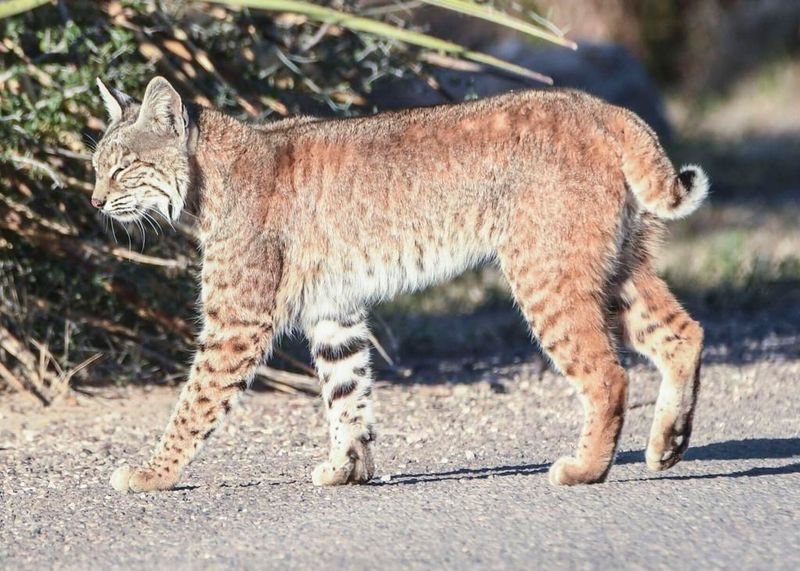
In Texas, the bobcat rules as the largest of the smaller wild cats. Weighing around 40 pounds, these adaptable creatures thrive in various habitats, from forests to deserts.
With their tufted ears and spotted coats, bobcats are agile hunters, known for their sharp senses and quick reflexes. Despite their smaller size compared to other wild cats, their presence is a vital part of Texan wildlife.
4. Florida Panther – Florida
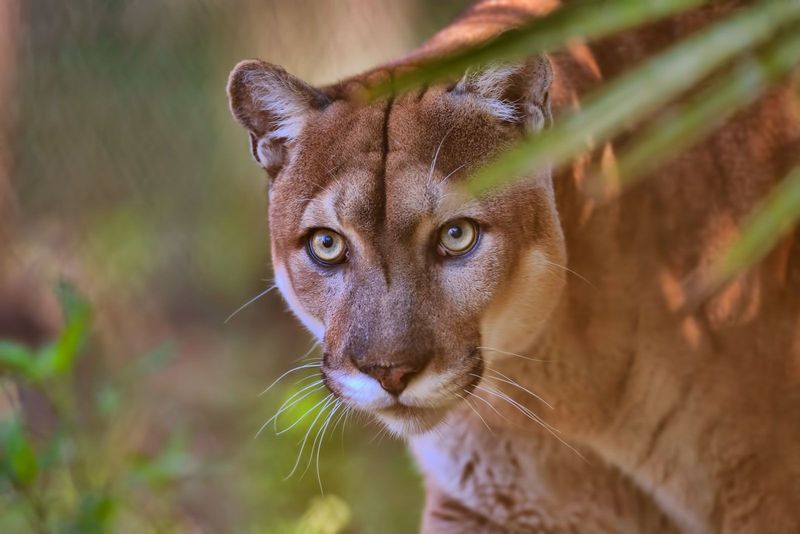
The Florida panther, a unique subspecies of the cougar, is Florida’s most iconic wild cat. Weighing up to 100 pounds, these cats are critically endangered, with shrinking habitats and dwindling numbers.
Their sleek bodies and keen eyes make them powerful hunters, but sightings are increasingly rare. The struggle to maintain their populations continues, drawing attention to the fragile balance of Florida’s ecosystem.
5. Lynx – Maine
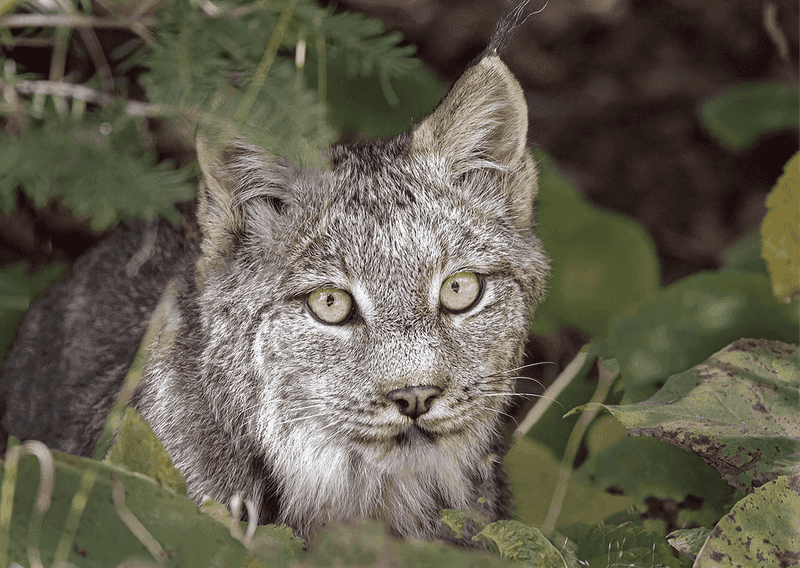
In the chilly forests of Maine, the Canada lynx stands out with its thick fur and tufted ears. Weighing up to 40 pounds, this solitary cat is perfectly adapted to cold climates. Its large paws function like snowshoes, allowing it to traverse snowy landscapes with ease.
Lynx are elusive by nature, rarely seen but always leaving a mark with their mysterious calls and silent movements through the wilderness.
6. Mountain Lion – Colorado
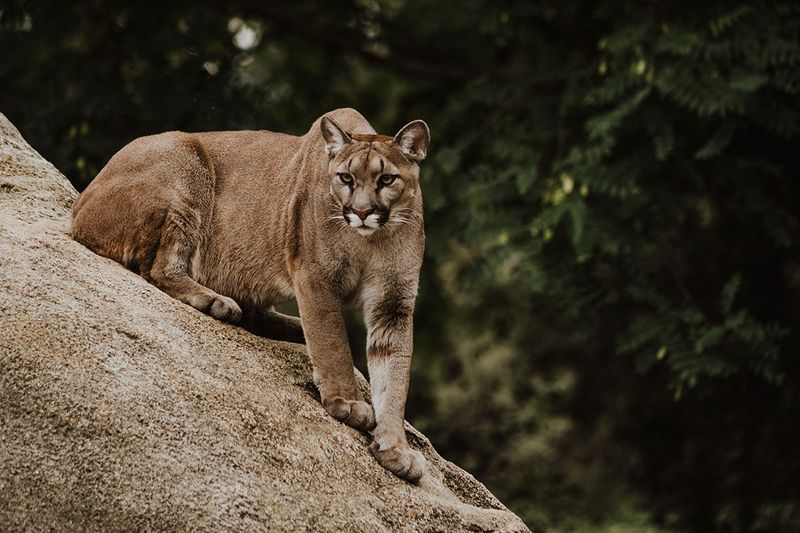
Colorado’s expansive landscapes are home to a healthy population of mountain lions, North America’s largest wild cats. Weighing over 150 pounds, these magnificent animals roam vast territories in search of prey.
Known for their strength and agility, mountain lions in Colorado are expert hunters, capable of taking down animals much larger than themselves.
7. Cougar – Wyoming
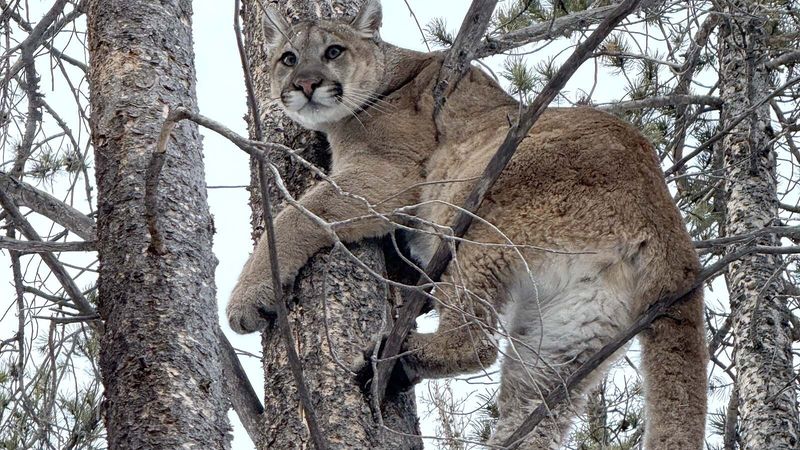
In the rugged mountains of Wyoming, cougars are a thrilling presence, known for their power and grace. Weighing as much as 200 pounds, these cats blend seamlessly into their rocky surroundings.
Their ability to navigate treacherous terrains with agility makes them both feared and admired. Cougars in Wyoming are a rare sight, yet their presence is a reminder of the wild spirit that thrives in these remote landscapes.
8. Bobcat – New Hampshire
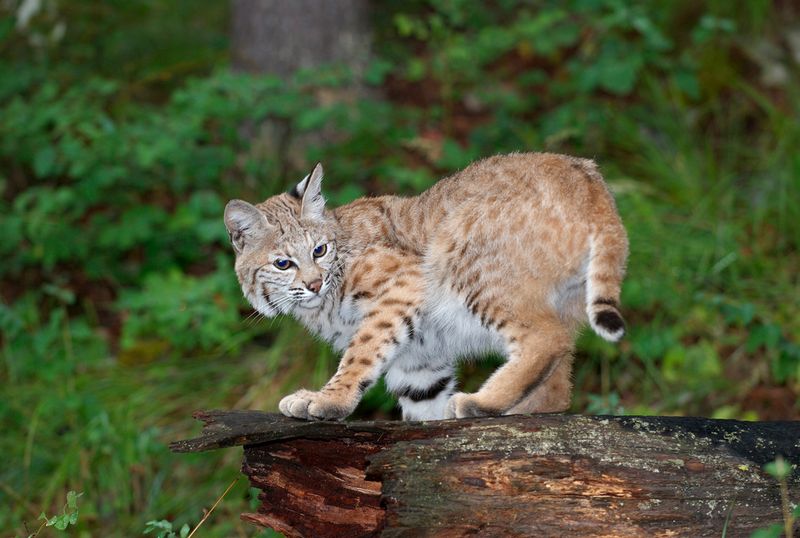
New Hampshire’s dense woods are home to the agile bobcat, one of the smaller wild cat species here. Weighing around 40 pounds, this cat is an expert hunter, adept at navigating the forest’s underbrush.
With keen senses and powerful legs, bobcats are elusive predators, often seen dashing through snowy landscapes. Their adaptability and resilience make them a fascinating part of New Hampshire’s wildlife tapestry.
9. Jaguarundi – Texas
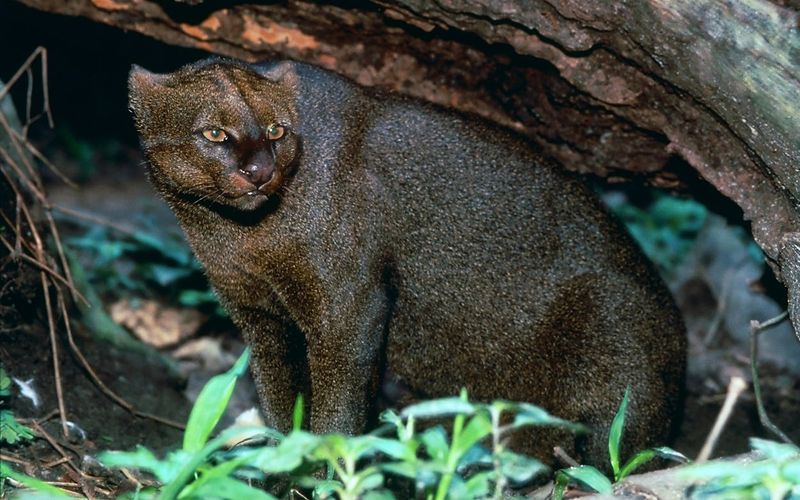
In Texas, the jaguarundi stands out as a sleek, small wild cat. Weighing only around 20 pounds, these cats are known for their elongated, weasel-like bodies and low-profile stature.
Preferring brushy and dense areas, jaguarundis are elusive and rarely seen, yet their presence is an intriguing part of Texas’ diverse wildlife.
10. Wildcat – Maine
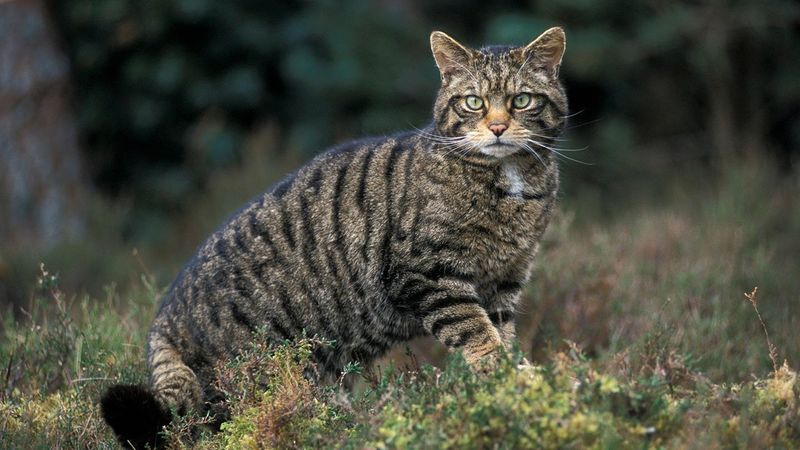
The wildcat, a diminutive relative of the bobcat, roams the forests of Maine. Weighing about 15 pounds, these shy creatures are often mistaken for domestic cats due to their size and appearance.
Wildcats possess a unique blend of curiosity and caution, making them skilled hunters despite their small stature. Their elusive nature adds a layer of mystery to Maine’s wild landscapes, where they quietly thrive.
11. Ocelot – Arizona
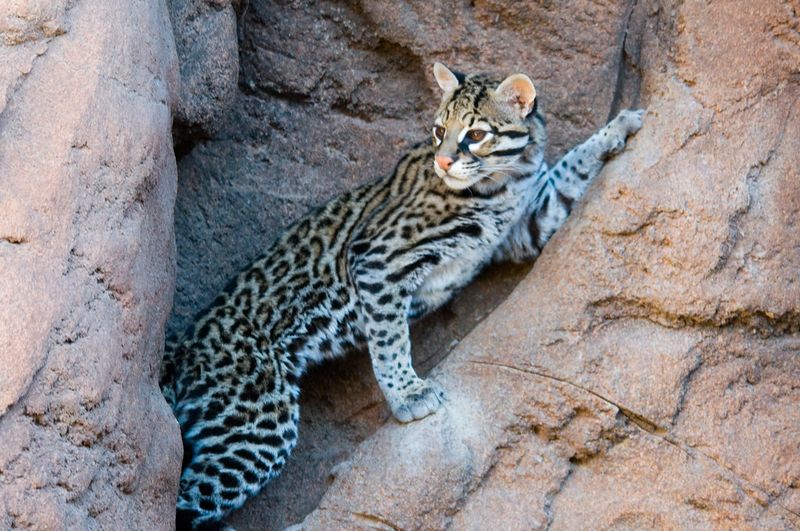
The ocelot, known for its stunning spotted coat, is a rare beauty in Arizona’s deserts. Weighing around 35 pounds, these small wild cats are expert hunters, adept at maneuvering through rocky and arid landscapes.
Their vivid markings are not just for show; they provide perfect camouflage in their natural habitat. While sightings are rare, the ocelot’s presence adds an exotic touch to the biodiversity of Arizona.
12. The Black-footed Cat – Texas/New Mexico
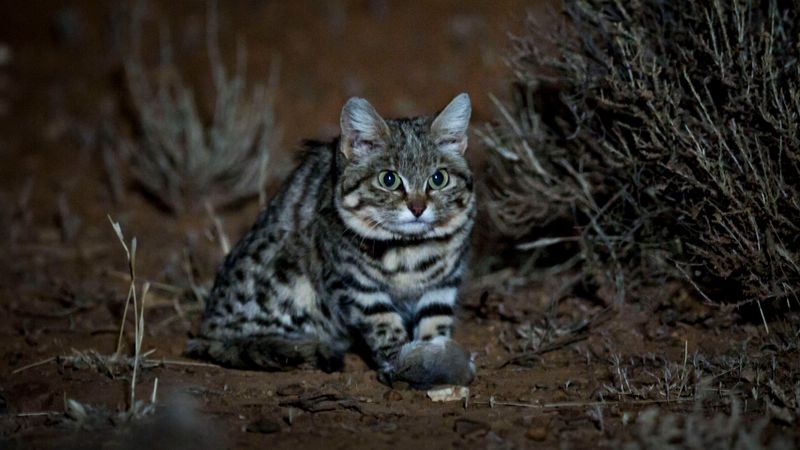
The Black-footed Cat, though primarily found in Africa, has made rare appearances in parts of Texas and New Mexico. Known for being one of the smallest wild cats in the world, the Black-footed Cat typically weighs between 5 to 10 pounds.
Despite their small size, these cats are exceptional hunters, known for their agility and speed. Their sleek, spotted coats help them blend into their environment, making them elusive and difficult to spot in the wild.
While sightings in the U.S. are incredibly rare, the Black-footed Cat’s stealth and precision in hunting make it a fascinating and unique species.
13. Marbled Cat – Nevada
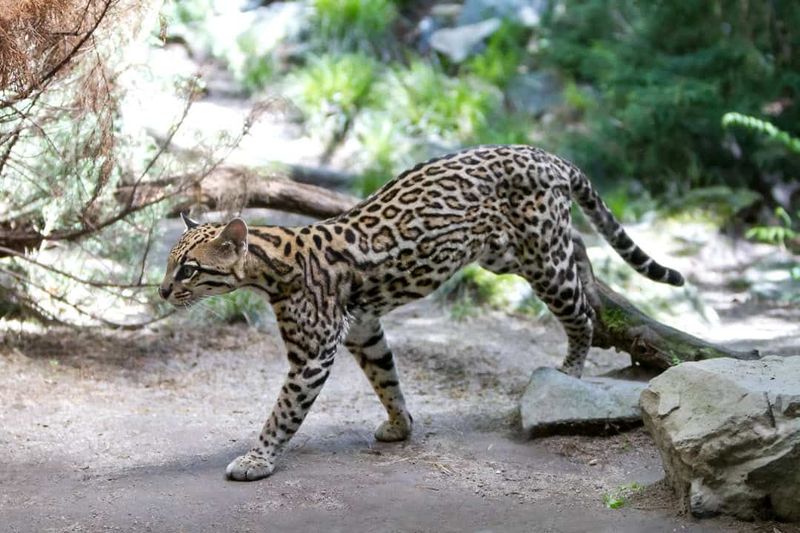
Although more often found in Southeast Asia, the marbled cat has been occasionally spotted in Nevada. These small wildcats, weighing no more than 15 pounds, are known for their beautifully marked coats and reclusive nature.
Preferring rocky terrains, marbled cats are elusive and seldom seen, making their presence in Nevada both surprising and fascinating. Their rare sightings add a touch of exotic allure to the region’s fauna.
14. Fisher Cat – Alaska
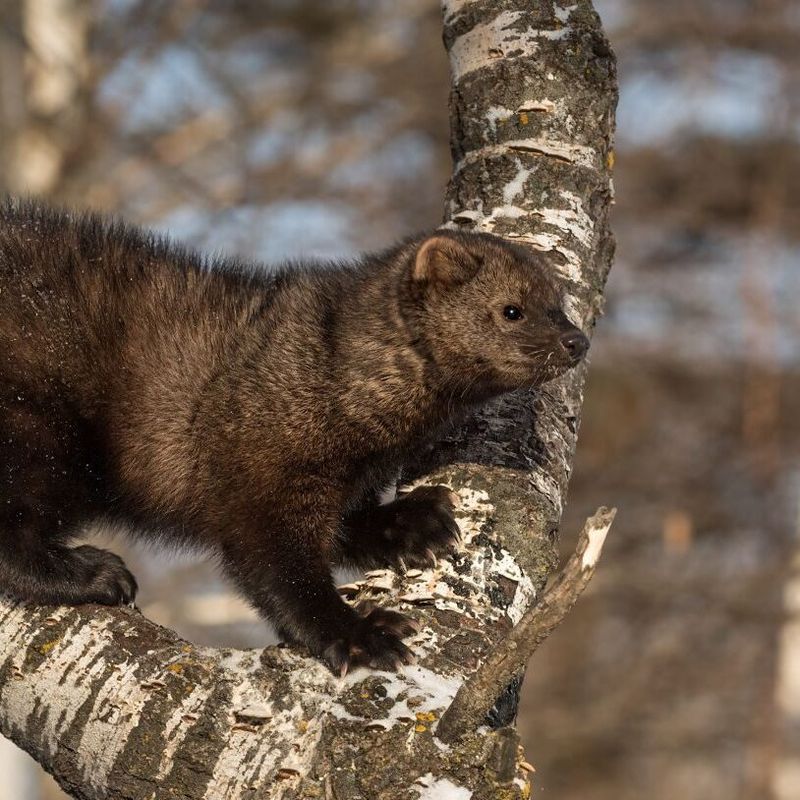
Known more for their agility and hunting prowess than size, fisher cats are small but fierce predators in Alaska. Though not technically cats, their behavior earns them a place on wild cat lists.
Weighing similarly to a domestic cat, fishers are expert climbers and hunters, known for their tenacity. Their presence in Alaska’s forests adds a dynamic element to the ecosystem, blending feline-like stealth with undeniable ferocity.

